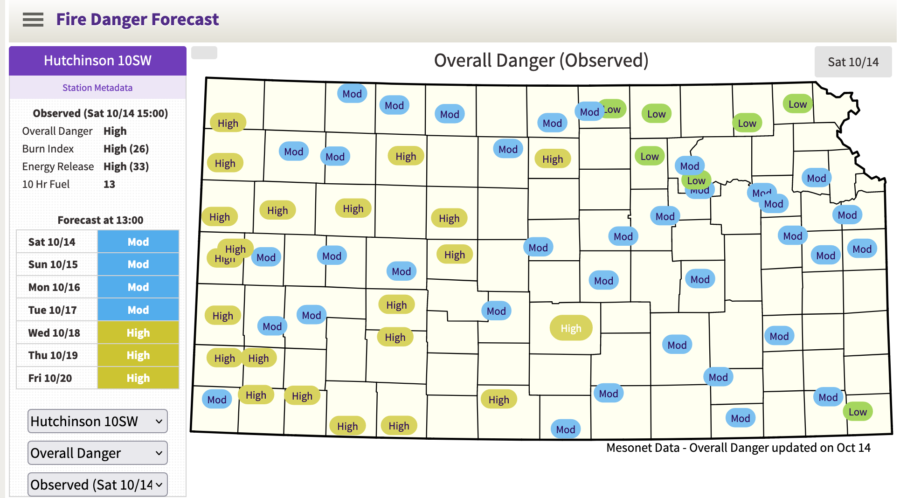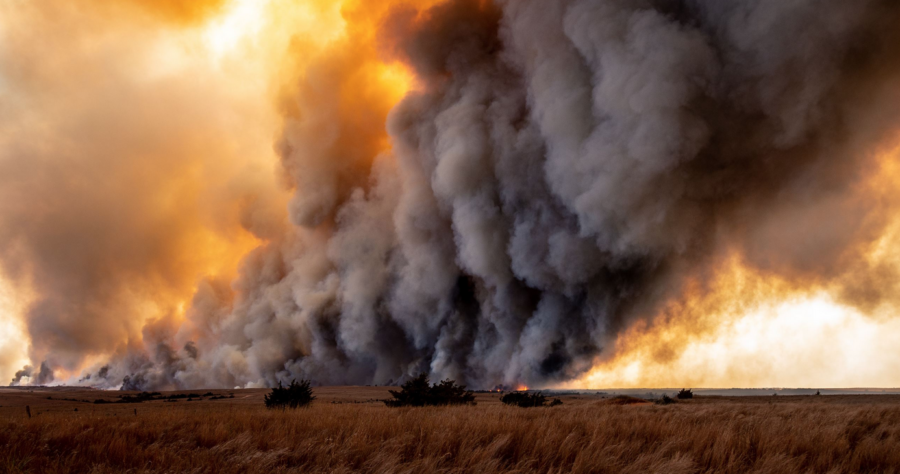A recent study from UCLA found that a projected 2° Celsius increase in global temperatures by 2060 would reduce the number of days when a prescribed burn could be safely set by 17 percent. The Four Corners region could see as much as a 29 percent decrease in favorable days, while the Pacific Southwest could see a 24 percent decrease.
The main driver behind the decrease in safe prescribed fire days is a combination of a decrease in large-diameter fuel moisture across seasons, an increase in vegetation aridity, and an increase in smoke-trapping low-level stagnation events.
“The narrowing of prescribed fire windows, as well as increases in extreme wildfire burning conditions at other times, will further challenge fire and land management agencies and entities already constrained by limited budgets and growing administrative burdens,” the study said.
However, the study also found that winter may increasingly become a viable season for prescribed fires with researchers predicting a four percent rise in favorable days, especially for northern states. Regions that have historically been too moist or too cool to support prescribed fire may see a boost in safe burn days, assisted by vegetation aridification. Additionally, decreases in safe prescribed burn days mainly affect forested locations, while non-forested areas would see substantial safe burn days.
The study ended by recommending a huge shift in USFS agency fire crew staffing. Seasonal wildland fire workers, who are usually laid off over the winter based on historical burn patterns, may need to capitalize on burn days during winter if safe burn days drastically decrease over the summer. The study also pointed to other research that found winter and spring to be underutilized seasons for prescribed fire in California.
“Our findings provide direct evidence supporting recent calls for an expanded year-round fire management workforce whose responsibilities extend beyond fighting wildfires to also encompass the management of prescribed fire,” the study said. “These findings also highlight the growing importance of tangible support—including increased funding and removal of existing regulatory barriers–for cultural burning practices by Indigenous fire practitioners, including via interagency partnerships.”









